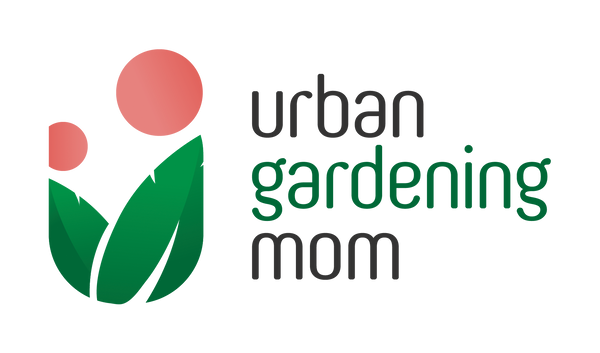
Grow Your Own Italian Parsley At Home
Share
Parsley is one of those underrated herbs that you use in your kitchen. In most dishes, it is used as garnish at the end of the cooking process, and therefore, it is often neglected. Compared to its close cousin, the celery, the Italian parsley or flat leaf parsley has a milder taste and aroma that is not too overpowering. In recent years, parsley has grown popularity among health buffs because of its high anti-oxidant properties. Parsley is packed with more vitamins and minerals than any other culinary herbs. Adding parsley to your fresh fruit shake not only adds a subtle tangy flavor to your fruit or vegetable smoothie, but it is also a good way to boost the body's immune system especially during these pandemic times.
How to Start Parsley from Seeds
There are two varieties of parsley that are most commonly grown in the Philippines. One is the curly-leaf variety and the other variety is the flat-leaf variety. While both thrive better is temperate zones, local heat resistant variants have been developed and they grow very well even in the warmer lowlands.
To start seeds, prepare them by soaking seeds in water for at least 2 hours. Sow 2-3 seeds in a seed tray, or drop a few seeds directly into a medium sized container. Place the seed tray in a location that gets indirect sunlight. In about two weeks, the seeds will begin to germinate. Allow only healthiest sprouts to thrive, by pruning away the excess seedlings, starting with the smaller and unhealthy ones. (Tip: Set aside and add chopped parsley sprouts to your favorite juice or salad!) After two more weeks, the new clover leaf-like leaves will start to take shape. From the seed tray, transfer each of the seedlings into individual medium-sized containers that have at least 10-inches in depth and width.
Don't worry if it's a slow starter. It usually grows faster later as it produces more leaves. Start applying organic fertilizer after the fourth leaf appears - usually, in 3 weeks. If available, use vermicast or processed rabbit manure as ideal plant nutrients.
Plant Care and Maintenance
Parsley is a biennial plant. This means that it produces leaves on the first year, during which the flavor is concentrated on the leaves. In warm countries like the Philippines, their life cycle is shorter, usually less than a year. When the flowers start to appear and produce seeds, this signals the start of the end of their life cycle. By this time, the plant slowly withers and dies. During the flowering stage, the concentration of flavor shifts to the tap roots, instead of the leaves.
During hot months, locate the plants under a partial shade with around 3-4 hours of exposure to the morning sun. Water them as frequently as needed, especially when the temperature exceeds 30 degrees Celsius. Parsley can be grown indoors, but you must place the pot near the window where they can still get partial direct sunlight.
Parsley is easier propagated from seeds. It requires consistently moist but loose and well-draining soil in order to grow its roots well. Occasional side dressing of an organic fertilizer is needed to replenish the lost nutrients in the soil, especially for potted plants. Never allow the soil to completely dry up because this crop is less tolerant of droughts.
I would place parsley at the mid-average level in terms of difficulty. Pests are almost inexistent, because its scent repels most insects. The typical problem that you might encounter in growing this herb is under or over watering. It is important that the potting media used is well-draining to prevent this problem.
Harvesting Parsley Leaves

Under the right weather conditions, parsley leaves can be harvested, as early as 60 days from seed starting. To enjoy several rounds of harvests, simply cut leaves and stalks individually, keeping the core intact. Do not harvest more than 50% of the stalks and leaves.
Aside from its culinary use, parsley has a lot of health benefits that include boosting your immune system, detoxifying, treating diabetes and skin diseases, and many others. You can boil or juice the leaves and stalks, and drink the juice extract or boiled water every morning before breakfast - a great way to build immunity during these pandemic times!

1 comment
Interested in growing flat leaf. Where can i get a plant?